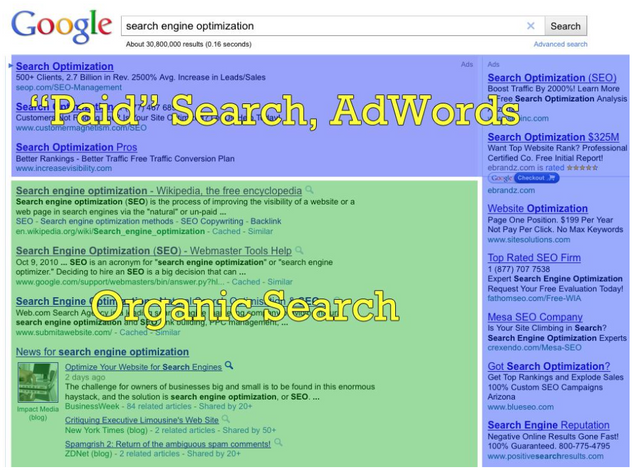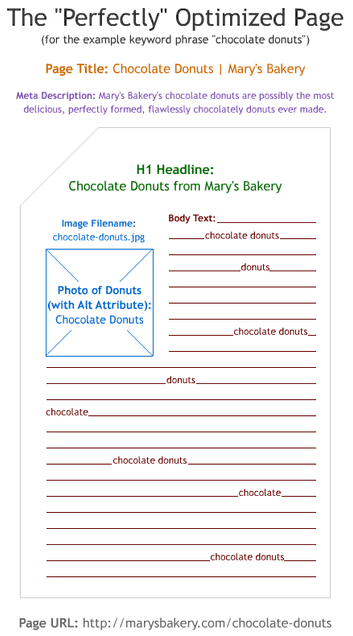Tips for PR practitioners to better understand Search Engine Optimization
By Yichi (Flora) Zhang, Account Supervisor at PRLab
When it comes to SEO, many people would believe it’s a strictly marketing-based technique regarding to online or social media marketing. In fact, it’s also important to PR practitioners since the higher your company ranks, the larger traffic will be driven to the website. Moreover, people who visit your website can contribute to the company by purchasing your product or service, and recommend you to other people. As we can tell from this virtuous circle, once your company is invited to the SEO party by search engines such as Google, Yahoo, and Bing, you are on the right track that leads to achieving, if not the bottom line, at least the PR goals.
In this blog post, I want to invite PR practitioners to think with me, to not treat SEO as a solely marketing or advertising tool, but rather an advanced initiative which can help your client and organization to receive the greatest benefit.
What is SEO and why is it important?
Vangie Beal (SEO – search engine optimization, n.d.) once defined SEO as “a methodology of strategies, techniques and tactics used to increase the amount of visitors to a website by obtaining a high-ranking placement in the search results page of a search engine…” In another article called “This will generate more traffic to your site” (n.d.), Beal said “The higher the website is on the search results page, the greater chance that it will be clicked on.”
In simple words, whenever someone enters a keyword in the search box, and the higher your website appears on the result page, your website is more likely to be clicked.
What are organic search results and how is it different from paid search results?
As Ivy Wigmore once said in Organic Search Results (2013), “Organic search engine optimization is designed to boost your site’s placement on the search results list without paying the search engine. Just like other aspects of public relations, we as practitioners want to earn our placements, not buy them.”
On the other hand, Google Adwords is where advertisers can open an account in order to pay for ads to come up during searches. They pay per click or by impressions, or when people see your ad (Alex Chris, AdWords vs SEO – Which is Best For Your Marketing, n.d.).

(Source: Camparation between paid and organic search. Go Daddy.)
Above is the result list when people Google “search engine optimization.” Paid search results are in blue and organic search results are in green. As PR practitioners, we need to work on how to get our website on the top of the results page without paying anything to Google; SEO is about the natural, organic, and unpaid search results that appear. However, it takes a lot of work for your site to go to the top of a search result page organically (Chris, N.D.).
Here are some tips that might help
- Content is king
Content is important because Google rewards high-quality websites with higher organic results. Google Analytics judges the quality of your site by very complicated algorithm and it even created a course regarding on it. Also, I recommend this video produced by the Google search quality team that explains how they define the value of content on your website.
- Know your keywords and place them everywhere
If you are working on a website about PRLab, make sure the keyword appears not only in the headline and throughout the text, but also in the meta description tag and the URL to ensure the relevance between your article and the topic.

(Source: Jef. (2013). Perfectly Optimized for On-Page SEO or Mary’s Chocolate Donuts)
- Backlinks matters
Backlink, also known as inbound links, are links to your website mentioned on other people’s sites. For example, if PRLab was mentioned in a third-party article that discusses the Top 10 student-run PR agencies in the United States or a compliment article published by one of PRLab’s clients. Google will think “PRLab” is relevant to “student-run PR agency,” and obviously, these two are positively correlated.
- Go mobile
Let’s say two websites post the same content at the same time with one only available on mobile devices. Due to the rise of using mobile devices rather than desktops for Google searches, the website that is mobile-friendly will gain greater traffic in a shorter period of time.
Key elements to mobile-friendly websites are:
- Avoids software that is not common on mobile devices such as Flash
- Uses text that is readable without zooming
- Crop pictures that fits mobile screens so users don’t have to scroll horizontally or zoom
- Places links far enough apart so that the correct one can be easily tapped. (Emil Protalinski, Google will start ranking ‘mobile-friendly’ sites even higher in May, 2016)
For PR practitioners, achieving SEO goals for your organizations or clients can be hard and tricky and requires a long-term effort, but as long as you keep producing fresh and informative content, SEO will find you, and so do people.